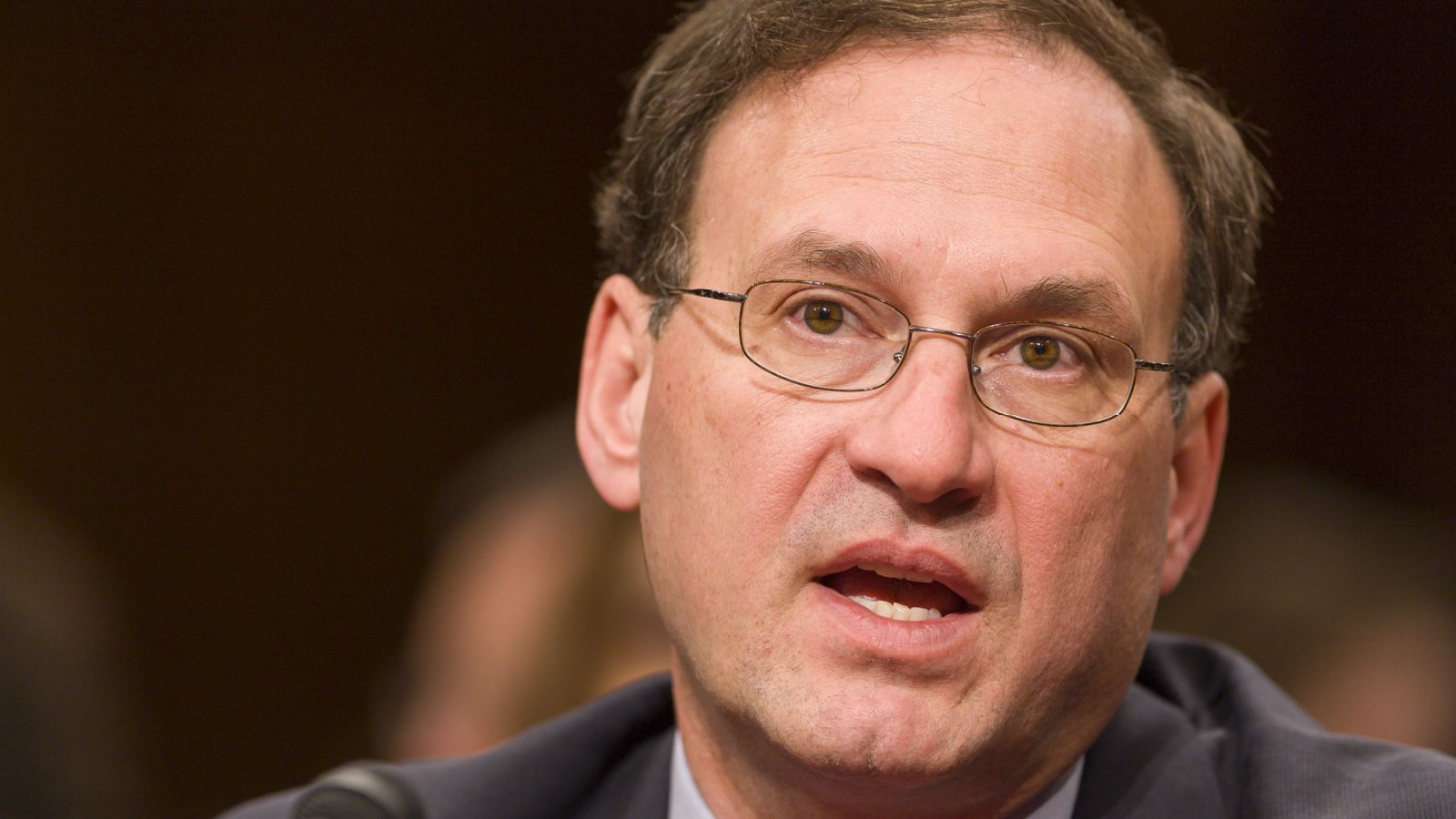The Supreme Court’s latest debate over mifepristone reveals a nation at a crossroads. With implications that ripple far beyond the courtroom, this case challenges the foundations of reproductive health and regulatory authority.
The Supreme Court’s Deliberation on Abortion Pill
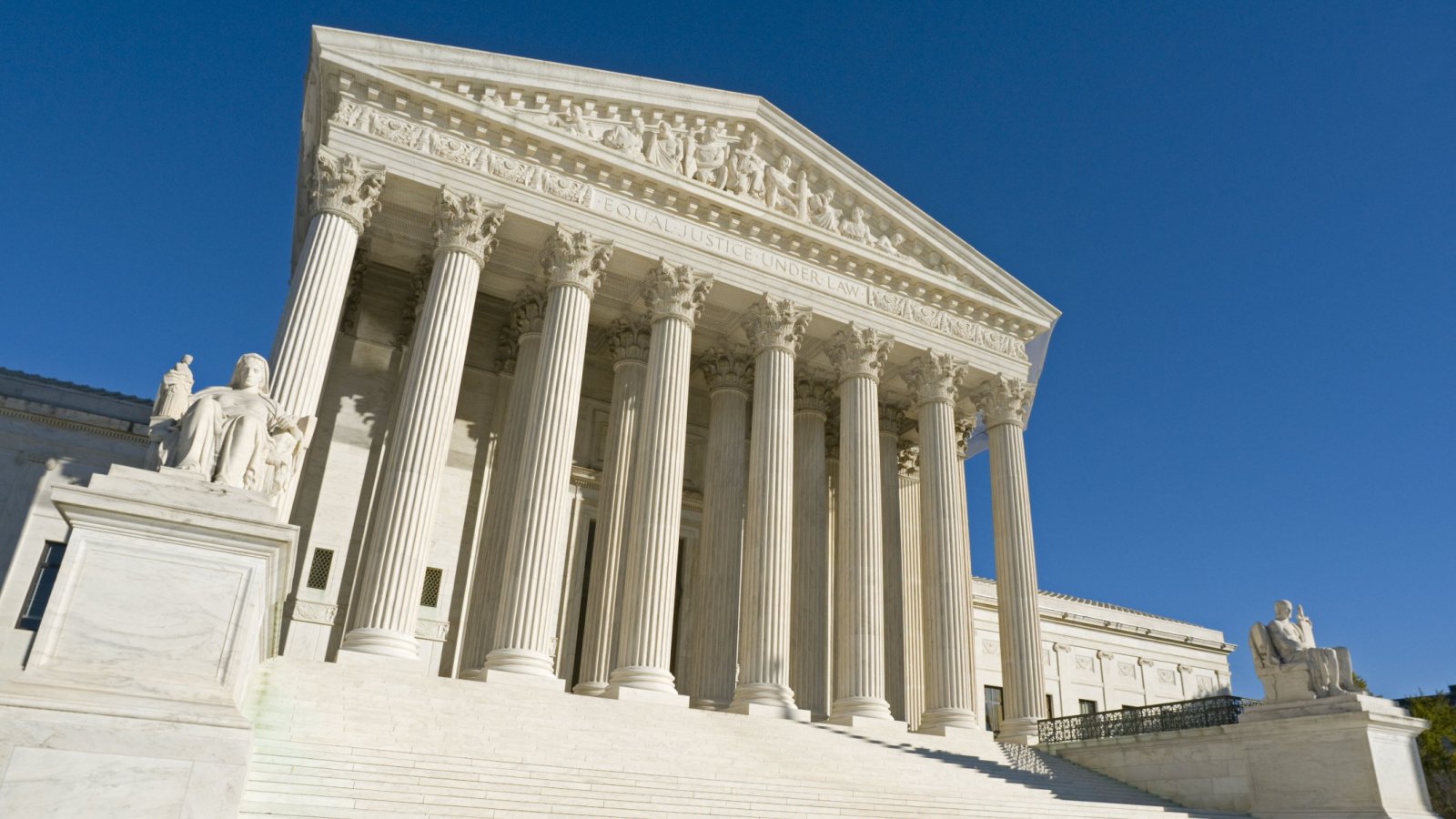
In Washington, the Supreme Court seemed unwilling to restrict access to the abortion pill mifepristone, a pivotal case touching the lives of millions of American women and the fate of countless FDA-regulated drugs.
Anti-Abortion Advocates Challenge Mifepristone

A coalition of anti-abortion physicians has brought forth a challenge, seeking to narrow the availability of mifepristone and impose timing restrictions on its use. Their actions reignite the abortion debate in a new, drug-focused context.
Examining the Safety of Mifepristone
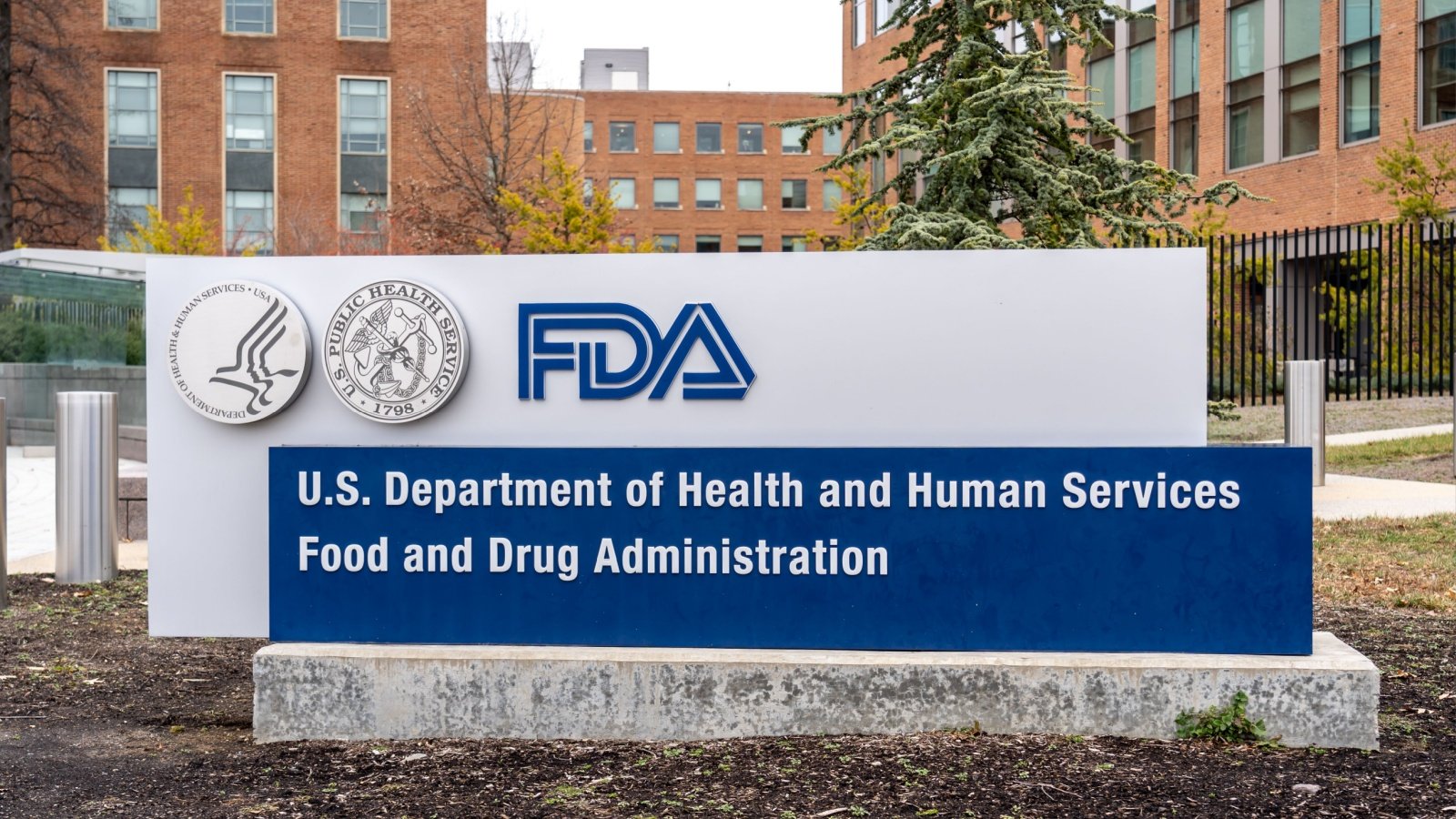
Since its FDA approval in 2000, mifepristone has been deemed a secure method for ending early pregnancies, accounting for over 60% of U.S. abortions last year. The crux of the opposition’s argument lies in accusing the FDA of disregarding potential risks when it relaxed mifepristone’s access, including mail distribution initiated in 2021.
Legal Battle Over FDA’s Oversight

Erin Hawley, representing the challenging doctors, criticized the FDA for not justifying the removal of safety measures for mifepristone access. Contrary to this, the FDA counters by highlighting its extensive review over two decades, showing minimal serious complications from the drug.
Emergency Room Visits Discussed

The debate also touched on the frequency of emergency room visits by women who have taken the drug, with contrasting interpretations of what these numbers signify. While concern is raised about the visits, evidence suggests many such cases don’t necessitate medical treatment, pointing to possible misunderstandings about the drug’s effects.
Trusting the FDA’s Expertise
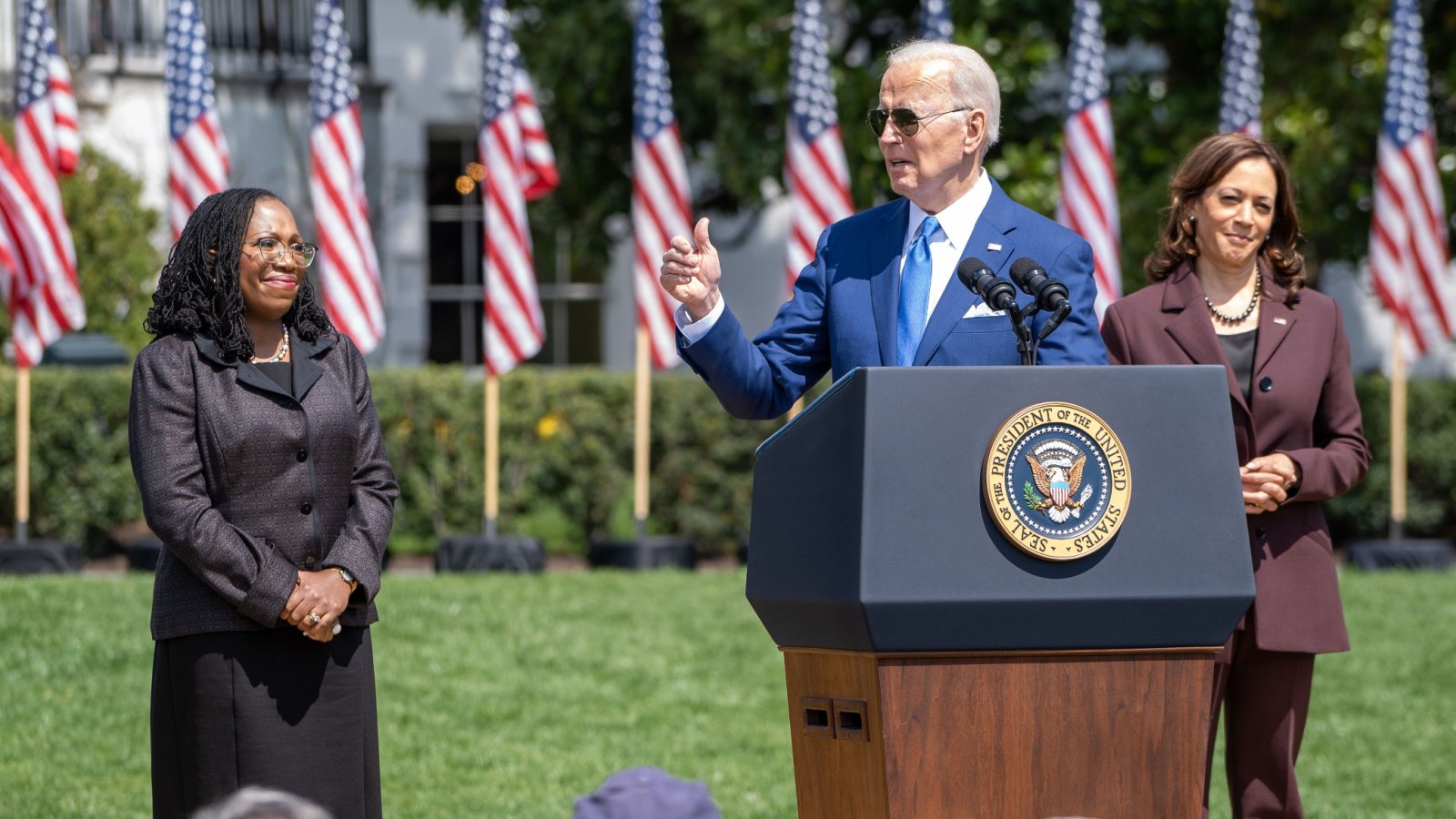
The discussion underscored a longstanding legal principle: the deference courts show towards the FDA’s scientific evaluations on drug safety and efficacy. Justice Ketanji Brown Jackson specifically questioned the grounds for challenging the FDA’s regulatory decisions, emphasizing the agency’s expertise in such matters.
Questioning the FDA’s Authority

Justice Ketanji Brown Jackson scrutinized the extent of trust courts should place in the FDA’s interpretations of their own research regarding the safety and efficacy of drugs. This inquiry casts light on the judicial process of evaluating the FDA’s scientific conclusions.
Debating the Scope of Injunctions

Erin Hawley faced a tough crowd as she argued for a broad injunction against mifepristone, prompting Justice Neil Gorsuch to challenge the idea of wide-reaching legal mandates. Gorsuch’s skepticism highlighted the issue of turning targeted lawsuits into broad legislative actions against federal regulations.
The Trend of Nationwide Injunctions

The conversation revealed a recent uptick in “universal injunctions” by lower courts, which have started to block federal policies across the entire nation, not just for those directly involved in the lawsuit. Gorsuch and Chief Justice John Roberts expressed concerns over this practice, questioning the necessity of overturning the FDA’s decisions on such a large scale.
Challenging the Right to Sue

The Biden administration questioned the standing of the Alliance for Hippocratic Medicine in challenging the FDA’s stance on mifepristone, sparking a debate on who exactly holds the right to contest FDA decisions.
Alito Questions Legal Standing
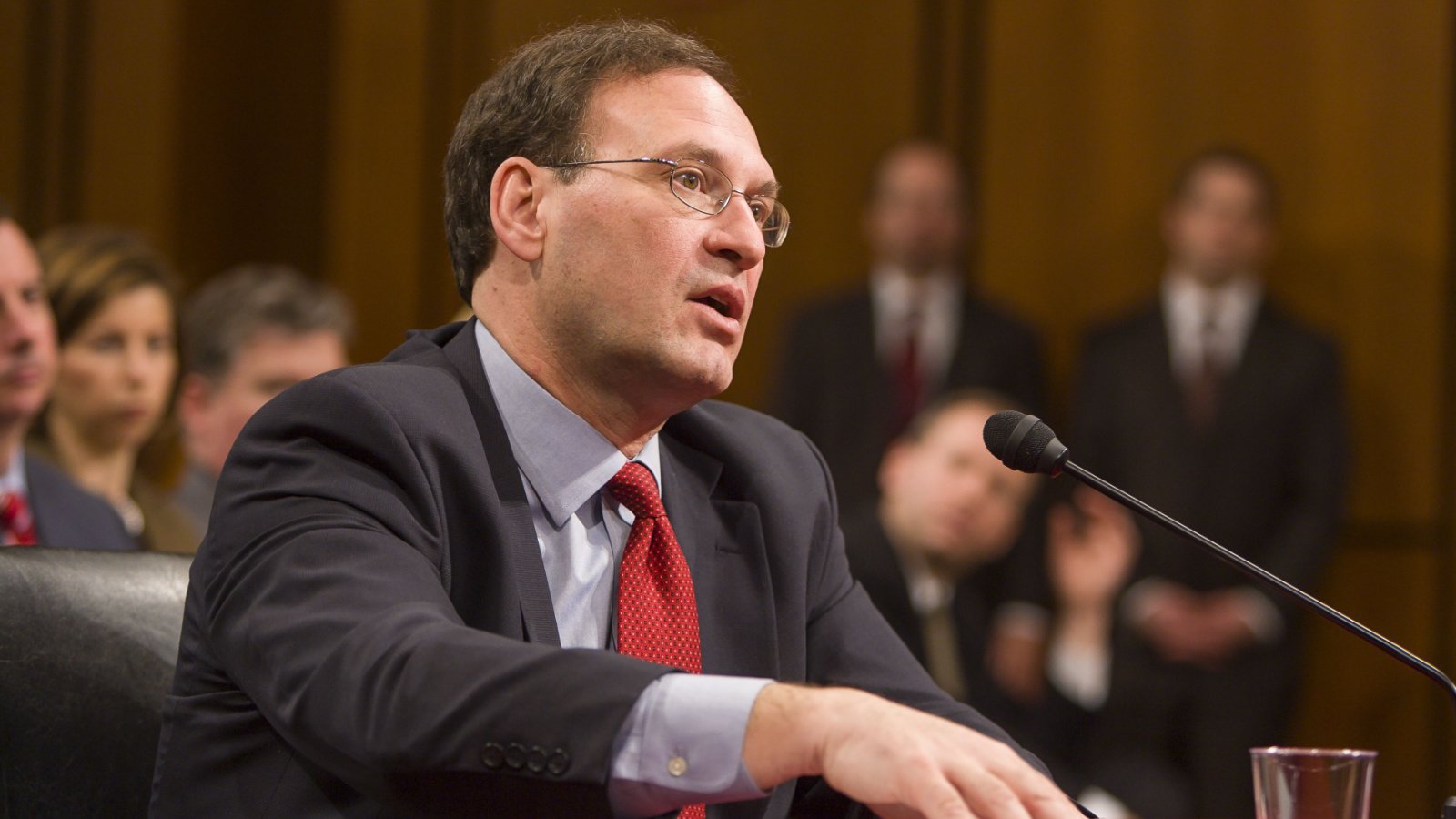
Justice Samuel Alito’s inquiry highlighted a crucial aspect of the judicial process: determining who has the authority to challenge the FDA’s decisions in court. This question underscores the complexities of legal standing and the broader implications for regulatory oversight.
Seeking Tangible Examples

The justices demanded real-world instances from Erin Hawley, especially examples where doctors opposed to abortion were compelled to treat patients who had complications from the abortion pill. This request for concrete evidence aimed to ground the debate in actual occurrences rather than theoretical scenarios.
The Scope of Medical Procedures
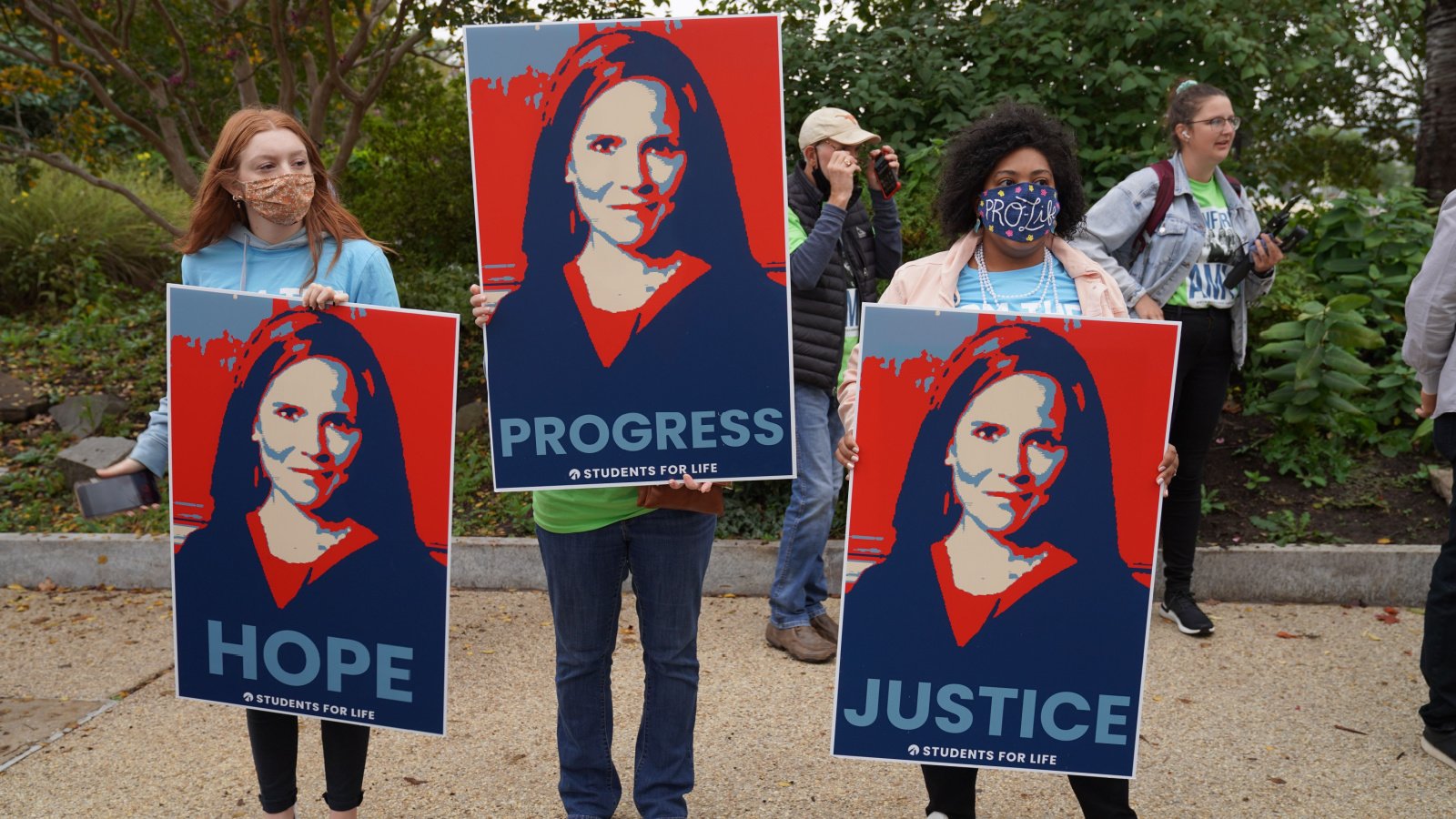
Justice Amy Coney Barrett and others scrutinized the argument that doctors are being forced into performing abortion-related procedures, noting that many such procedures, like dilation and curettage, are common for non-abortion-related medical issues such as miscarriages.
This distinction highlighted the nuanced reality of medical practice and the existing protections for doctors’ conscience objections.
Protecting Doctors’ Conscience Rights
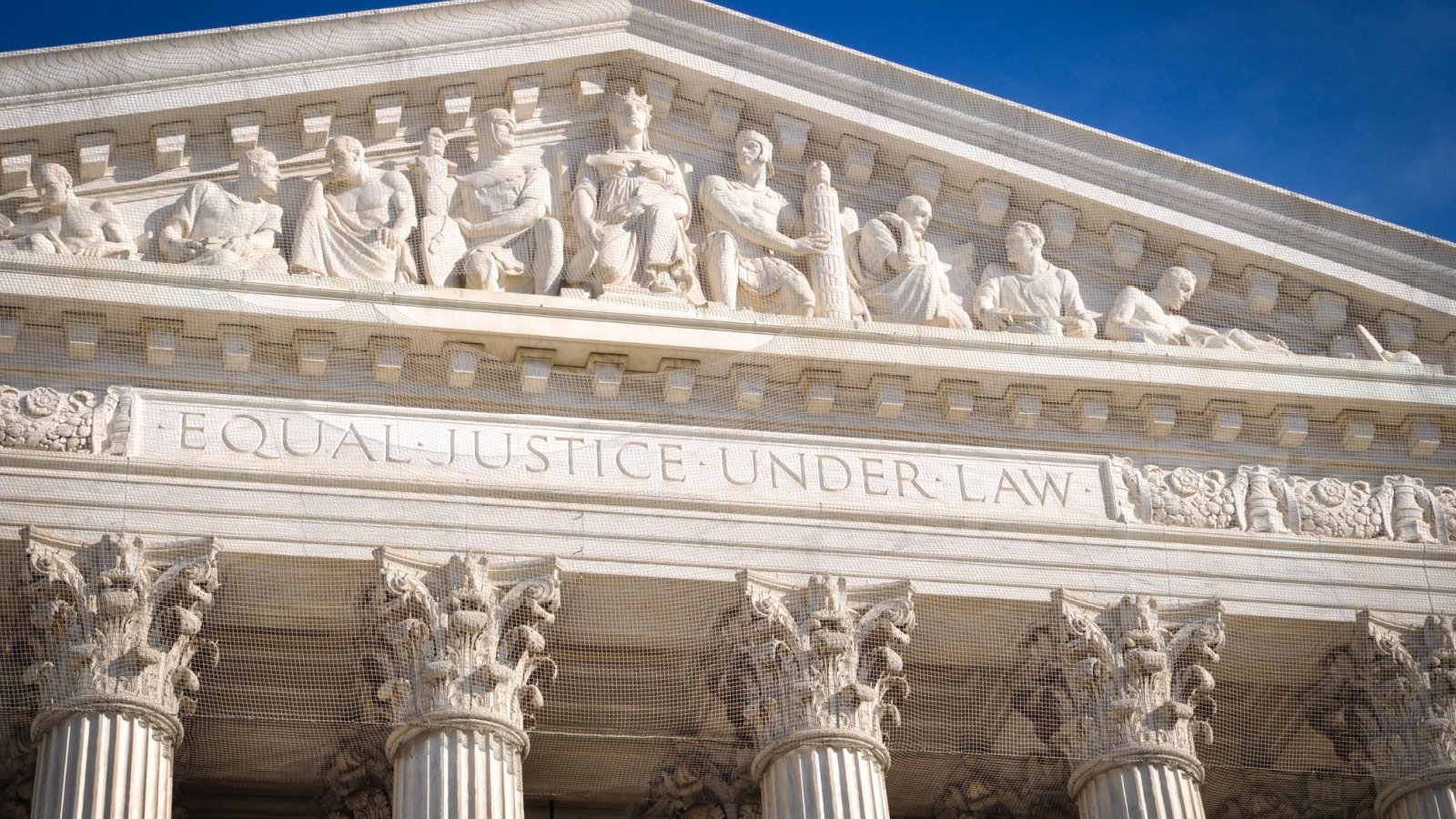
Justice Brett Kavanaugh pointed out federal laws that protect doctors from having to perform or assist in abortions against their conscience. This emphasis on existing protections questions the validity of the lawsuit’s premise regarding doctors being forced to act against their beliefs.
The FDA’s Authority Challenged

The case against mifepristone brings into focus the FDA’s longstanding role in drug safety and approval, a role that has been unchallenged for over a century. The recent developments threaten to upend this traditional system, raising concerns about the future of drug regulation in the U.S.
Potential Implications for Drug Approval

The legal battle over mifepristone could have far-reaching consequences for the FDA’s ability to regulate drugs and approve new medications, with industry leaders warning of the risks to medical innovation and public health. This case underscores the tension between judicial review and regulatory expertise in drug safety and approval processes.



